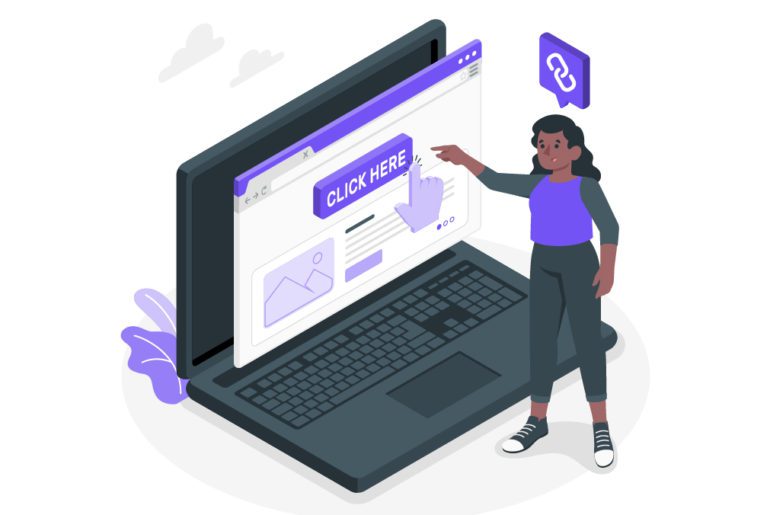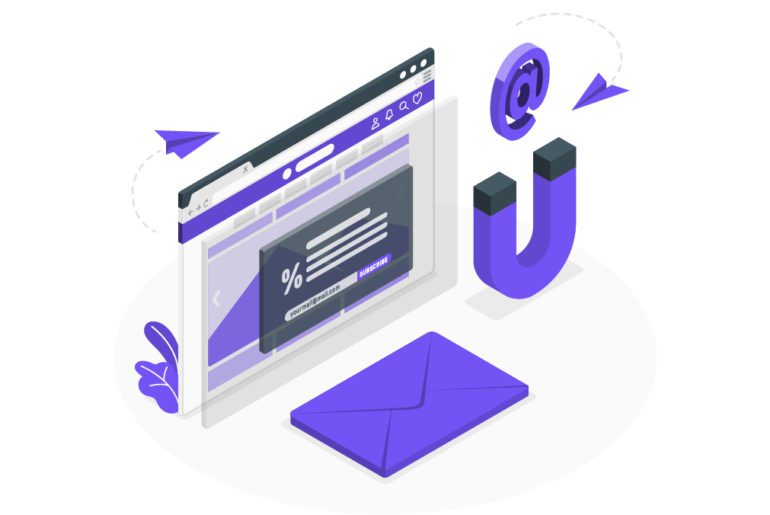Most working professionals, be them C-level executives or senior level officials, all are already chained up into numerous responsibilities related to personal and professional life. Inbox management seems like nothing but another weight on your chest. This is where email management best practices are required.
You must have searched for the best email management tools or the best email management strategies to add wings to your work and boost your work productivity. You must be looking forward to using the features that provide automation in inbox management. These best email management practices can help you manage your time concerning your schedule and help in coordinating the emails accordingly.
What are the best email management practices at work?
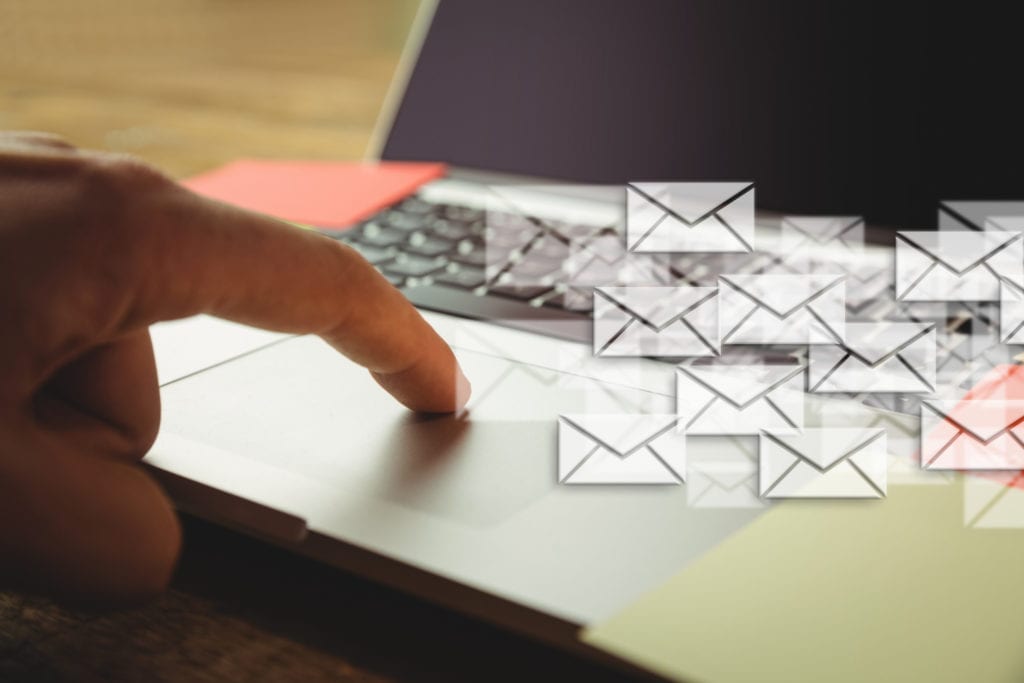
These exclusive tips for you that will boost your work and cover anything and everything smartly. Email management best practices will surely help you get to Inbox zero too!
1. Shut down the notifications
The regular ding dong sound of your inbox only disrupts you anonymously during your work hours and slaughters down your focus all at once. This is an essential time management technique that helps you perform actual work the whole day and open your inbox at a strict and personalized time that suits you. Use this as the email management best practices.
While working, we only focus on the actual work and not on our social interactions, but the moment we hear the ding sound calling us ruthlessly, it grabs our attention and fills us with curiosity. So we must “Mute” the notifications which call in anytime.
2. Don’t utilize your supercharged hours
Ask yourself, at which time of the day do you manage emails in your mailbox? Do you waste your best hours, the time of the day where you feel fully charged and fresh on uncluttering your mailbox, and end up exhausted? Never waste your time on digital tools. Instead of that, do some productive work in hours of your full potential using these email management best practices.
3. Use these Pro tips as email management best practices
These email management best practices are a few inbox management habits, which once included, will never betray your workflow and lead to a streamlined business all along. These are-do, delete, defer, delegate. Let’s discuss one at a time.
- Do- Do it now! If you meet an email that can be answered with 2-3 minutes, finish that there itself and don’t call off. This way, you’ll unclutter those emails which are short and immediate.
- Delete- If the email is of no particular use to you or your team, then a better way to remove it from your inbox crowd. Unclutter the unimportant.
- Delegate- Using this habit, you can profusely manage your inbox by forwarding emails to the person who can make better use of them or their expertise in that field. Defer- All the emails are not always essential, and you can answer them later; this isn’t procrastination! But with this, you will save quite a piece of your time.
4. Eliminate unimportant contacts
If you are an entirely recent reader, you might get promotional emails and newsletters from different websites, then back off from such noisy users, disrupting you on your work account, and getting a space in your inbox undesirably. Here Gmail offers tools like “Mass Unsubscribe,” using which you can cut down the frequent users of no use to allow another email management best practices.
5. Prioritize your work with email management best practices
Not all emails are important. This is the most important habit for an efficient email management system, where you prioritize based on your schedule and requirements. Differentiate between your needs and wants and go for that work which you need to do. And if you get time, you can do what you want.
If you’re a social media influencer, then the emails from events and invitations are essential. If you are a journalist, then newsletters and article reading are a must. That’s why different people have different priorities, and you must decide yours and work accordingly.
Here Gmail offers features like “Labels” to decide, distribute and do your work.
What do you understand about an ideal email management system?
Let’s speak about an email management system that runs like perfection. We are not only talking about the best email management apps but also about the email management best practices too.
Using the email management apps or working using their productivity tools is good but sometimes not enough. With them, what you need are basic principles and habits for running an efficient email management system. So you need to adopt both- tools and practices. Further, we’ll discuss both of them but before that, let’s see why we need mailbox management.
Why is it important to manage emails using email management best practices?
Can you count the number of times you get disturbed in a day, only for email notifications? As far as we know, an average working person receives about 30-40 emails every day, and the more you contact, the more the count increases. This calls for a need for email management best practices.
With this, you need efficient email management to protect your files from losing in any way. With good email management, you can access any email thread in a few clicks as it keeps everything sorted. Along with easy access, it serves as a fantastic time management tool and helps you with your schedule in maintaining a work-life balance.
Use the best email management best practices
For further ease, you can also install a few email plugins and plow into email management tools like Mailman. Mailman is our best pick as a part of email management best practices. It provides supercharged filters to auto-direct the messages, Do Not Disturb mode for no disruptions, and a lot more. It all helps in reducing your passive-aggressive behavior and stress, which generates from email management issues.
FAQs
1. Schedule email processing timings.
2. Delete emails after responding to them if they are not important.
3. Unsubscribe from newsletters and subscriptions.
4. Do not postpone responding to emails if the take less than 2 minutes.
Outlook and Gmail are considered the easiest email programs to use.
Mobile email management (MEM) software provides secure access to corporate emails on mobile devices (iOS, Android, and Windows devices).
1. Divide time schedules for email management.
2. Use filters appropriately to organize emails in folders.
3. Use email management softwares like Mailman
4. Make templates for quick email response.
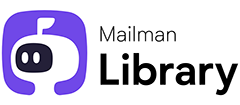
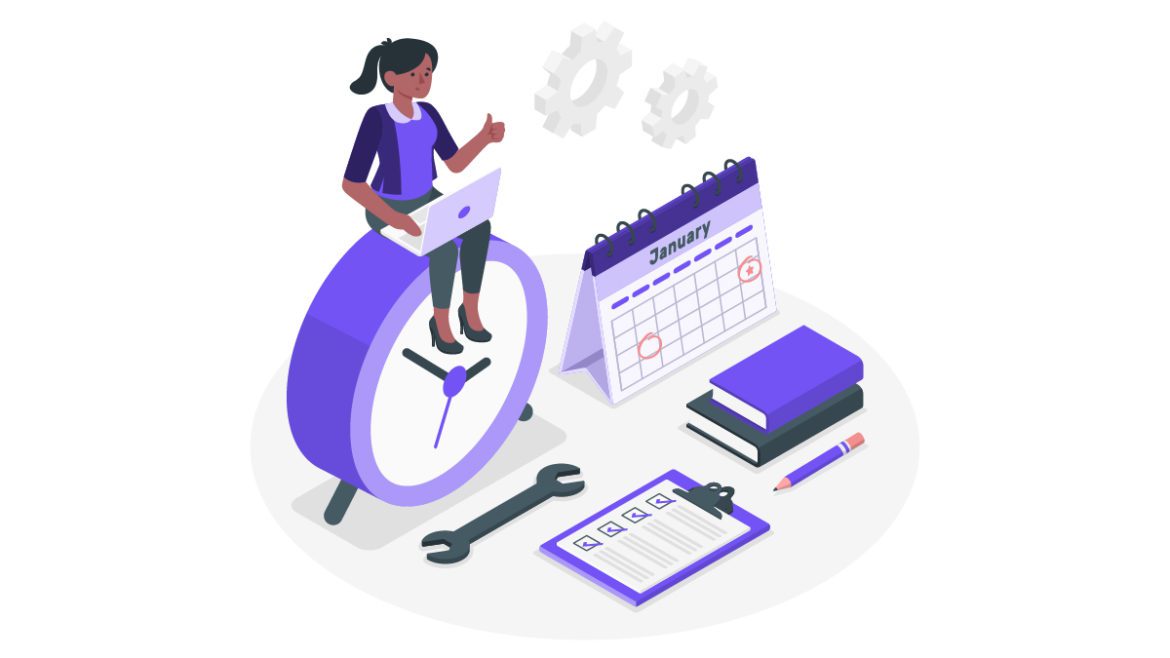
![10 Best Email Organizer Apps [Tried & Tested] email organizer app](https://library.mailmanhq.com/wp-content/uploads/2021/05/The-3-Best-email-Organizer-app-For-C-level-Executives-770x515.jpg)
